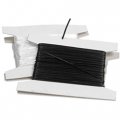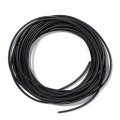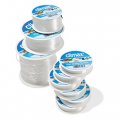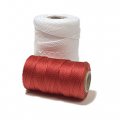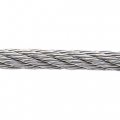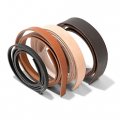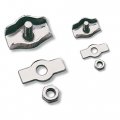Elastic Ropes & Cords
Information about elastic ropes & cords
Span ropes, span cords, elastic cords, elastic cables, rubber cords, expander ropes and so on - there are certainly any number of variations, altered attributes and different materials involved with this group but basically elastic cords and ropes consist of a core that is an elastic material which is then wrapped in a textile sheath. The core can be a solid rubber cord or be made from many individual latex strands while the sheath can be wrapped in a number of ways (once or multiple times) and itself be made of a variety of materials. The construction of the elastic inner core is determined by the tensile properties needed for an intended use and these properties, in turn, are determined by the number of strands (or the firmness of the cord at production) as well as by the type of braiding involved.
The large variety of available elastic cords opens up an almost unlimited number of possible uses in fields that involve things like spanning, retaining, holding or cushioning. These include things like exercise machines (expanders), flexible (knotted) luggage nets, elastic band fasteners for folders or books, hair ties (scrunchies) or, for example as draw strings in the clothing industry. The list goes on and on!
The deciding attribute when considering a cord´s application is the strength of the elasticity as compared to the firmness of the core and the diameter of the whole cord and out of which material the cord is made. Elastic ropes and cords that are made with synthetic fibres are almost always sheathed – usually polypropylene, polyester or polyethylene. Sheathes that are made of finer threads have a softer and suppler feel while courser sheathes have the advantage of being longer-wearing because they are more resistant to abrasion.
